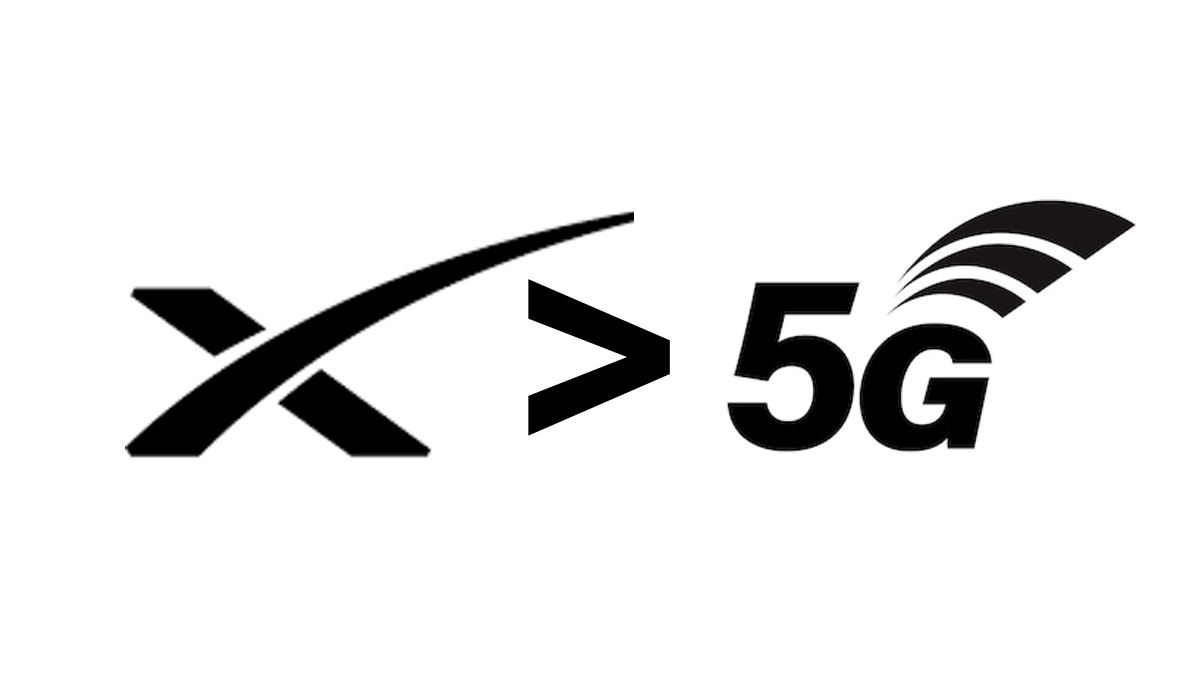Starlink vs. 5G

There has been a lot of interesting developments in the mobile/wireless connectivity world as of late. Despite being told for many years 5G will change our lives (seriously, for a really long time now), as it finally comes to market it seems there are other technologies that might steal a little bit of that 5G thunder. The more I read about SpaceX’s Starlink or the other low earth orbit (LEO) satellite services like OneWeb, Telesat & Amazon, the more they seem to have the potential to make a bigger impact than 5G. Low earth orbit satellite connectivity solutions appear to be solving what seem like more pressing remote and limited connectivity problems. Don’t get me wrong, 5G will likely be a great incremental step forward in the places where we already have 4G/LTE connectivity today but it really won’t do much to help those who are so far off the beaten path that they don’t have good access. Being subscribed to the Reddit group /r/starlink, you see some pretty amazing reviews from people who up until now, haven’t had many options for connectivity. In particular, if you live in remote parts of the world which Starlink is currently servicing, there are now some pretty amazing connectivity you never had before.
Living and Working in the Boonies
There are a lot of niceities to living in very rural areas for those that enjoy the country life. Large plots of land, lots of privacy, no hustle, nor bustle. That said, ease of access to high speed internet access is not a benefit you often enjoy in the sticks. If you are fortunate enough to have high speed access in very rural areas, options are limited to one or two overpriced providers that have a monopoly. These providers also a lot of infrastructure costs to cover for relative few addressable customers which goes for remote residential and business customers as well. There usually is little in the way of good wireless 4G/LTE coverage for the same reasons as the wireline guys because it just doesn’t pay to put the kind of dollars into building the infrastructure and backhauling fiber from towers which will reach only a handful homes and businesses. With that, there are huge swaths of extremely rural areas with little to no access at all that would potentially never make financial sense to reach with terrestrial options. For some, getting away from Internet access may be by design but for others it’s never ending disappointment of crappy, overpriced connectivity options. Low earth orbit satellite services can cover these areas very well and provide connectivity to areas which would never be on terrestrial wireline or wireless carriers otherwise. There are countless people and organizations that can finally know the convenience of effective, low latency (~50ms) & broadband access at 50-200Mbps speeds in these areas. But are the speeds and performance of low earth orbit access enough compared to the speeds of 5G?
How Much Bandwidth is Enough?
Maybe I’m getting too old to carry a geek card but but I often wonder, how fast does Internet access really need to be? Sure, faster is always better but how much bandwidth does one need before there is no real discernible difference between a few hundred megabits per second and getting up into multi-gigabits per second? It’s kind of like going from HD resolutions at 1080P up to Ultra HD resolutions at 4K or even 8K. I personally can’t tell the difference on the size TVs that I buy, which are around 50” or so. Another analogy might be in computing such as the difference between a 3.3Ghz six core or 3.8Ghz eight core processor. I understand there’s a difference but do the applications I use day in, day out really show a significant performance increase? Will multi-gigabit speeds really make a noticeable difference for me or the average user? For the enthusiast and those living on the cutting edge of technology, sure, they’ll bust out their benchmarking tools to compare and find ways to use all of that throughput. Most users like myself are perfectly content with around 100-250Mbps of bandwidth.
What Connectivity Problems Need Solving?
Once Starlink and other low earth orbit satellite services like it really start chugging, they will solve connectivity issues for many of the underserved. Contrast that with 5G as an incremental performance increase for those who already have 4G/LTE access today, which is great but in my mind, less significant. Connecting the unconnected or ”underconnected” with more bandwidth is far more interesting than just souping up existing connectivity that is pretty darn good as it is. I am certainly long on the promise low earth orbit access brings for global connectivity landscape and think this will be a hugely disruptive. I only wish I could buy stock in Space X to support and share in the success of their mission!
What do you think?

